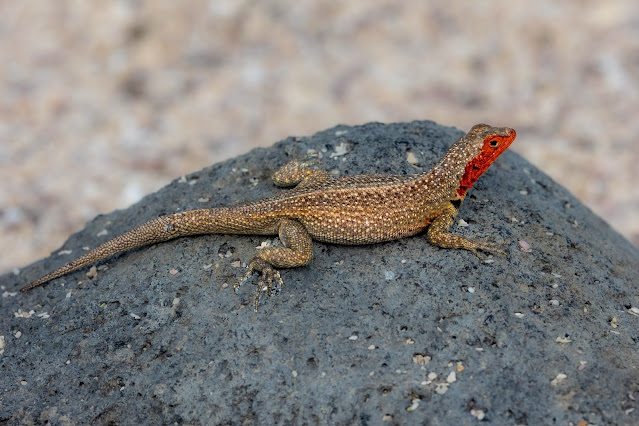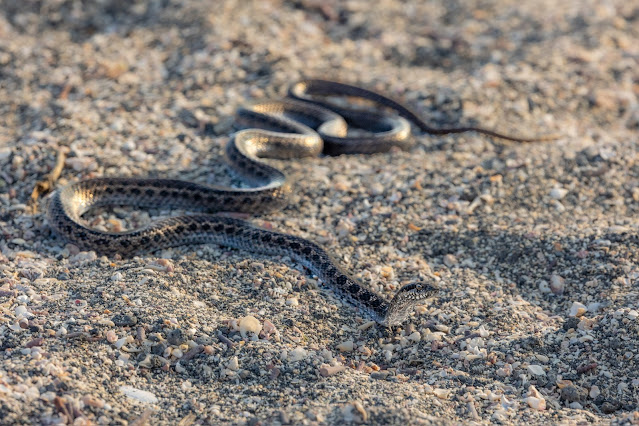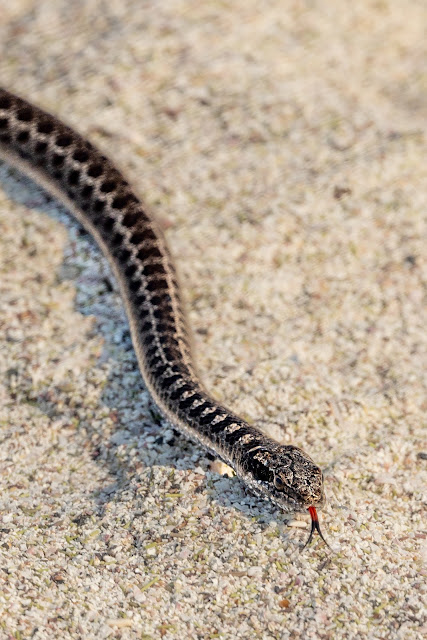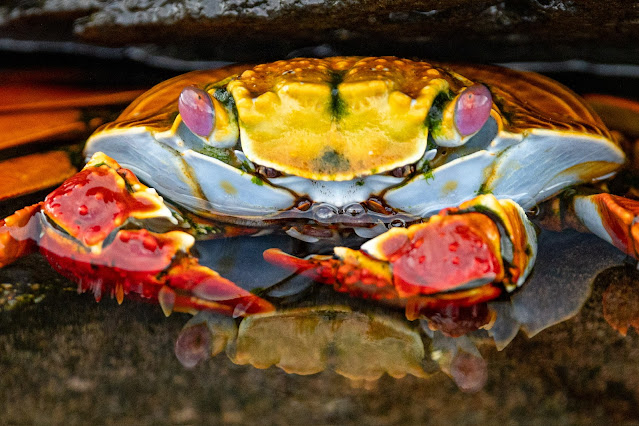Galapagos Islands - Part 3
Giant Tortoises, Iguanas and more.
One of the things I wanted most to see in the Galapagos Islands were the giant tortoises. We are also scuba divers and by far my favorite thing to see on dives are sea turtles, so I guess it makes sense that I would be most excited about the tortoises. The Galapagos Islands were named after the once abundant reptiles. Spanish sailors named the islands, from the Spanish word for turtle which is galapago, due to the large numbers of tortoises that were found in the wild on these islands.
Giant Tortoise
The giant tortoise population was once thought to be upwards of 250,000, however, the population had declined to as low as 15,000. The population decline was due to the hunting of tortoises for food, loss of habitat and loss of food sources due to the introduction of feral goats, pigs, rats, cats and dogs to the islands by humans. The eggs and young hatchlings also fell prey to galapagos hawks, the giant tortoises only native predator, as well as, the feral animals preset on the islands.
The Galapagos National Park and Marine Reserve serves to protects, preserve and is now helping to repopulate the giant tortoise population on the Islands. The Galapagos National Park Directorate along with several other conservation organizations including the Charles Darwin Research Station on Santa Cruz Island have embarked on a mission to collect tortoise eggs, incubate and raise the hatchlings until they can be reintroduced back into the wild. The eggs are carefully collected to preserve orientation of the individual eggs, then they are transported to the Research Station and incubated at precise temperatures. The hatchlings are then raised until about 5 years when they will be reintroduced into the wild on the specific islands in which they were collected as eggs. While the tortoise population is indeed growing, they have a long way to go to get back to the numbers they once were before humans and feral animals decimated their population.
Giant Tortoises are the largest land reptile present today. Their life expectancy is thought to be approximately 100-150 years old and their weights can exceed 500 pounds. The oldest living tortoise is thought to be 175 years old. There are two main types of tortoises: domed and saddleback. The saddleback tortoises have a high arched opening at the front of the shell to allow for their long necks to stretch and to reach up high to get food. Their diet consists of grass, leaves, fruit and their favorite, prickly pear cactuses. The shells of the male tortoises are bumpy, while the females have smooth carapaces.
Well that was a lot about Giant Tortoises, I guess you can tell I listened very intently to our amazing and knowledgeable guide, Jairo, during our visit to the Galapagos Islands, but there are other reptiles that live there too...
Land Iguanas
The land iguanas of the Galapagos are large reptiles that can grow to 3-4.5 feet in length. They are yellow in color with patches of brown, black and white. Because of their size they can be a bit intimidating when seen on the walking paths, but they are predominantly herbivores that feast on leaves, grasses and prickly pear cactuses. Their lifespan is up to 60 years. They burrow into the ground to make nests to lay their eggs. When fully grown, they have no real natural predators, however, their eggs and young are vulnerable to other land iguanas, feral cats and dogs. They, like the giant tortoises, also are a vulnerable species and have seen decreasing numbers due to loss of habitat and food supply due to feral introduced species.
Marine Iguanas
To me the Marine Iguanas are just creepy looking. They have black bodies and most of their heads are white. They have adapted to swim in the ocean to eat algae from the rocks and shallow waters. They are the only lizards in the world who swim and forage for food in the ocean. The marine iguanas grow to 3-4.5 feet in length and can weigh up to 3.5 pounds. They can be found swimming in the water looking for food or on land on the sand or rocks warming themselves.
We encountered them at several locations, however, saw the most on Fernandina Island where we not only walked among them on land, but had the opportunity to swim with them.
Even though they have a pretty cool adaptation allowing them to swim, they are still CREEPY to me.
Lava Lizards
While my favorite reptile was the Giant Tortoise, John's favorite was the Lava Lizard. They are the most abundant lizard in the Galapagos Islands. They can grow up to a foot long and can live up to 10 years. The males are more colorful, ranging from grey to brown and can have stripes, while the females often have a red throat and tend to be smaller than the males.
Galapagos Racer Snake
We encountered two Galapagos Racer Snakes on our walk at Espinoza Point on Fernandina Island. They were brown with some striping. They were pretty shy and didn't stick around long, but we were able to capture some pictures before they slithered away. They are small, mainly constrictor type snakes. They eat lava lizards, geckos, bugs, mice and hatching birds. Their numbers have also been significantly impacted by the feral animals, particularly pigs, cats and goats, which eat the snake eggs.
The native land animals have all been significantly effected by the feral animals that were brought to the islands by humans. These feral animals have few predators in the Galapagos Islands and their populations were allowed to grow unchecked for a number of years. With the large push for repopulation of the native species, the recognition of the damage to the ecosystems done by these feral animals has been identified and their removal from the islands has been made a priority. Thankfully, the Galapagos National Park is working tirelessly to remove the feral animals from the islands to return them to the native species living there.
Fun fact I didn't know before I visited: The conservation agencies can control the number of male and female giant tortoises hatching due to the temperature in which the eggs are incubated. The eggs are incubated at 28 degree celsius for male tortoises and 29.5 degrees celsius for female tortoises.
If you liked this post, stay tuned for Galapagos Islands Part 4, Marine Animals coming soon...











































Comments
Post a Comment